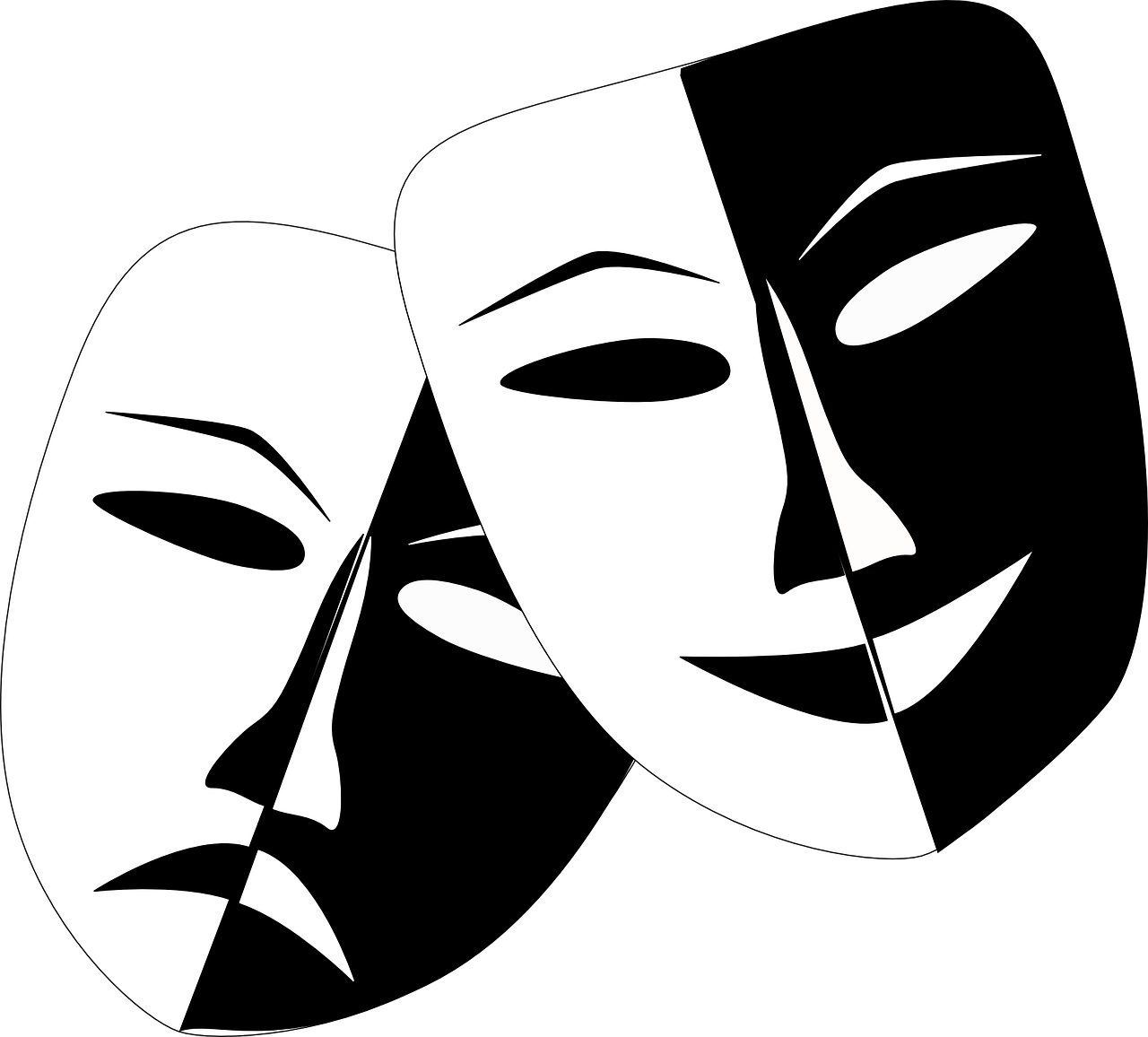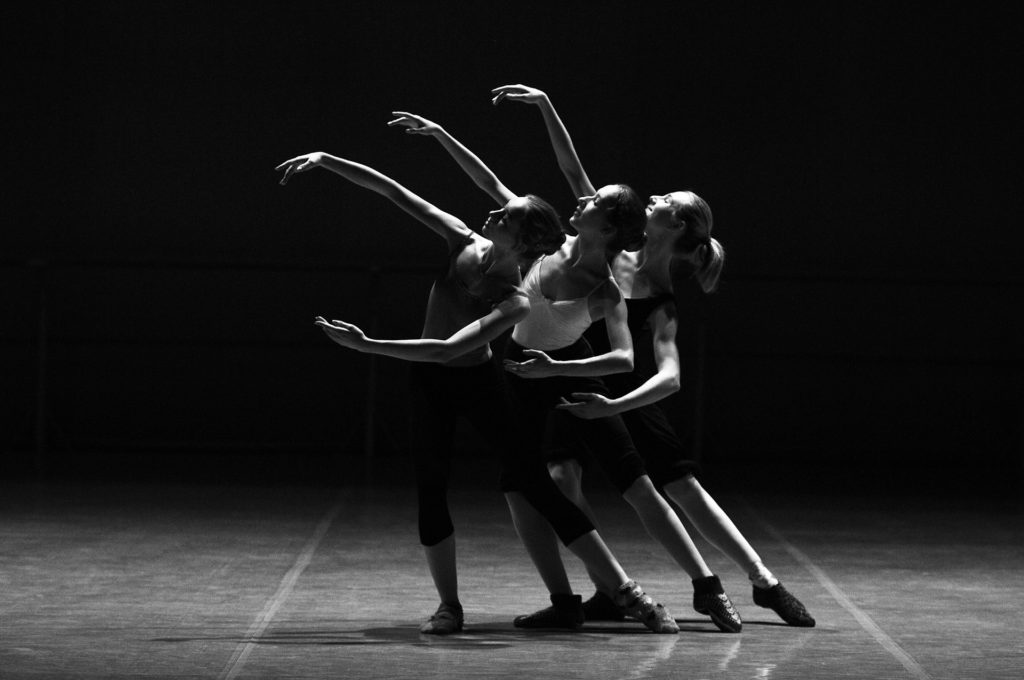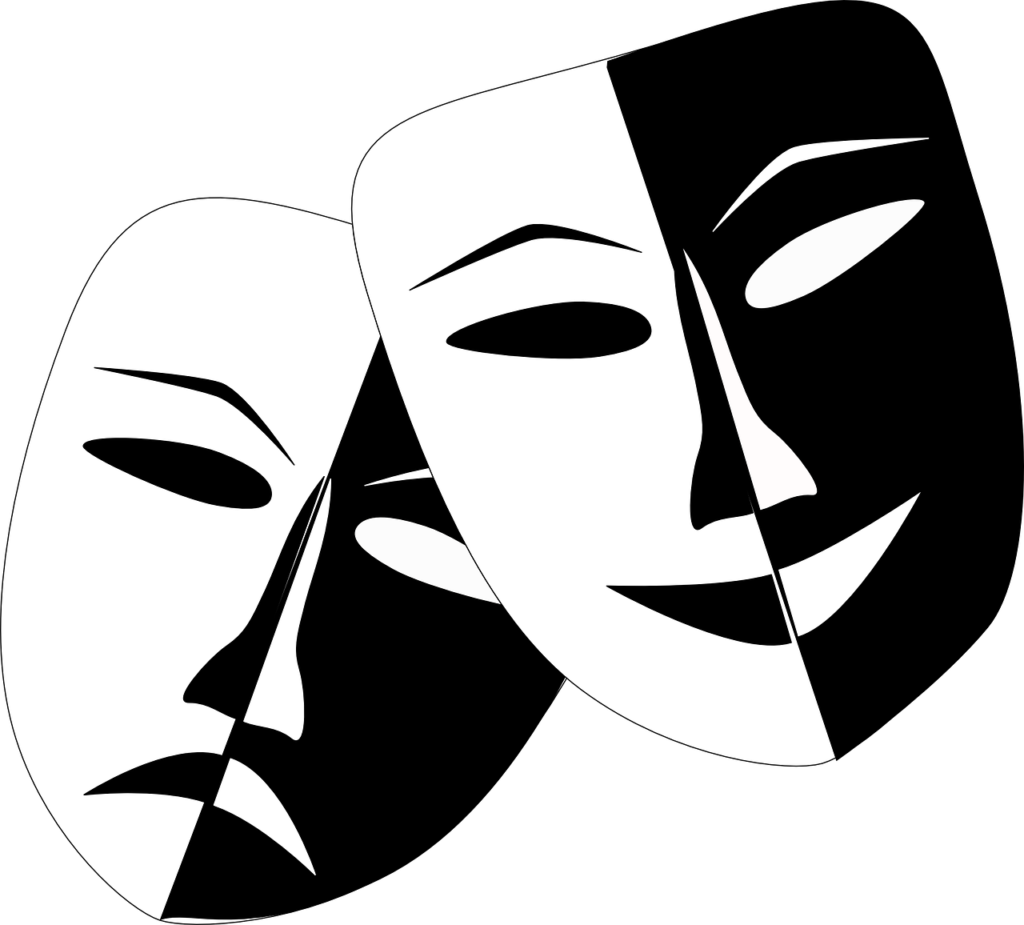
by Olivia Nentrup
There has been some discussion in the arts world if the arts should be included in STEM which is Science, Technology, Engineering, and Math, including Computer Science. I believe that the arts should be included in STEM and become STEAM.
Let’s talk about STEM in an ever-changing, increasingly complex world. It’s more important than ever that our nation’s youth are prepared to bring knowledge and skills to solve problems, make sense of information, and know how to gather and evaluate evidence to make decisions. These are the kinds of skills that students develop in science, technology, engineering, and math, including computer science—disciplines collectively known as STEM/CS according to U.S. Department of Education.
Why not include the arts which are modes of expression that use skill or imagination in the creation of aesthetic objects, environments, or experiences that can be shared with others?
STEM wants to meet the demands of the dynamic and evolving workforce, building students’ skills, content knowledge, and literacy in STEM fields is essential. By integrating the arts into STEM, STEAM-focused curricula incorporate the study of the humanities, language arts, dance, drama, music, visual arts, design, new media and more. STEAM encourages collaboration to understand a STEM concept.
By integrating concepts and practices of the arts, STEAM uses tools such as data visualization or fine art imagery to deepen one’s understanding of science, math and technology. This kind of out-of-the-box thinking is what leads STEAM professionals to create new products using 3D printers or distill complicated data sets into easy-to-understand formats, such as infographics.
Think about an architect a person who is qualified to design buildings and to plan and supervise their construction. They need both skills from STEM and the arts.
Art is a universal language. Thousands of years ago, mankind told stories through pictures drawn on cave walls (bright-cut). Through the ages, artists have relayed history through drawings, paintings, architecture, and sculptures.
You also have music therapy which is the clinical & evidence-based use of music interventions to accomplish individualized goals within a therapeutic relationship by a credentialed professional who has completed an approved music therapy program. Music therapy interventions can address a variety of healthcare & educational goals.
If you think about it the arts are everywhere from sidewalks, buildings, music, dance, and it is in every culture. Take operas for example opera is a dramatic story told through song. It is considered by many to be the most complete art form, combining all the elements of art, words, music, drama and dance.
The studies of math and music have often been linked, with music theory appearing mathematical and with analytical approach, as well as music being particularly vital in early childhood development, the most fascinating studies now are about the body’s physical reaction to music.
One such study in this area was conducted by Stephen Fry and Alan Davies, with the Royal Opera House in 2013, studying the effect art has on our bodies during a production of Simon Boccanegra, by Giuseppi Verdi. Professor Trimble, Professor Christopher Mathias, and then PhD student Andrew Owens from University College London were all on hand at the discussion to support the findings from the study. They would study how emotional peaks and experiences triggered physical responses to the production (The Science of Opera).
STEAM encourages collaboration to understand a STEM concept. Arts and humanities help teach morals, values, ethics and responsibility. History shows us over and over again how knowledge and skills in the absence of empathy can be truly disastrous. That is why I believe the arts should be included in STEM for improvement of education.
Cite
bright-cut | metalwork | Britannica. (n.d.). Www.britannica.com. Retrieved April 27, 2022, from https://www.britannica.com/art/bright-cut
The Science of Opera | Lyric Opera of Chicago. (n.d.). Www.lyricopera.org. Retrieved April 27, 2022, from https://www.lyricopera.org/donor-serenade/fall-2018/the-science-of-opera/?msclkid=72afb5afc5d611eca029f848e316aa93
Science, Technology, Engineering, and Math, including Computer Science | U.S. Department of Education. (n.d.). Www.ed.gov. Retrieved April 27, 2022, from https://www.ed.gov/stem?msclkid=36647023c5d311eca1b037d20d3508f7

